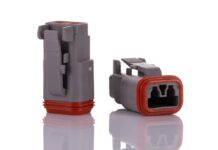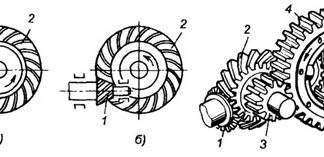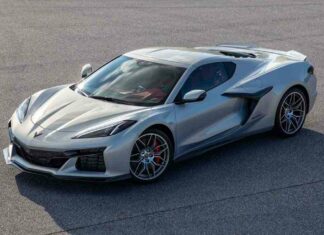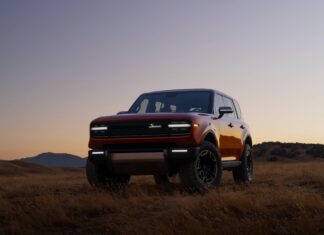For decades, Toyota and Honda have been synonymous with automotive dependability. Their vehicles consistently topped reliability rankings, earning them a loyal following and a reputation for longevity. However, a surprising challenger has emerged: Kia. Once dismissed as a budget brand, Kia has transformed into one of the most dependable automakers, challenging the established Japanese dominance.
This shift is driven by changing consumer priorities, where long-term value and technology now matter as much as brand heritage. While Toyota and Honda still benefit from decades of proven engineering, Kia’s latest models demonstrate that reliability isn’t just about tradition; it’s about consistent quality and strategic innovation. The question is no longer whether Kia can compete, but whether Toyota and Honda can maintain their lead as Kia continues to close the gap.
From Budget Brand to Reliability Contender
Kia’s turnaround is one of the most remarkable automotive stories of the 21st century. Once known for cheap, mechanically unreliable vehicles like the early Sephia and Rio, Kia reinvented itself after Hyundai’s acquisition. The introduction of the industry-leading 10-year/100,000-mile powertrain warranty signaled a commitment to reliability.
Today, Kia consistently outperforms Toyota and Honda in J.D. Power dependability studies. Models like the Sportage, Sorento, and Telluride are praised for their build quality, while the EV6 demonstrates forward-thinking engineering without sacrificing reliability. Kia’s success proves that with strategic investment, quality control, and customer trust, even an overlooked brand can earn a seat at the reliability table.
Toyota’s Legacy: Longevity Through Conservative Engineering
Toyota’s reputation for reliability is legendary, built on decades of meticulous engineering and the “Kaizen” philosophy of continuous improvement. Models like the Corolla and Camry focus on proven mechanical systems, avoiding unnecessary complexity. Toyota vehicles frequently exceed 200,000 miles with minimal maintenance, dominating dependability reports from J.D. Power, Consumer Reports, and RepairPal.
Toyota’s conservative approach to change sets it apart. New technology is introduced only when proven robust and field-tested. The Prius, first launched in the late 1990s, remains the benchmark for durable hybrid powertrains. Toyota’s mastery of hybrid engineering ensures fuel efficiency and dependability, something rivals struggle to match.
Honda’s Precision: Balancing Innovation with Consistency
If Toyota excels at conservative consistency, Honda’s strength lies in engineering precision. Honda engines and transmissions combine performance and reliability, a rare feat. From the VTEC Civics of the 1990s to today’s turbocharged Accords, Honda vehicles balance spirited driving with exceptional longevity. The “Man Maximum, Machine Minimum” philosophy ensures reliability doesn’t come at the cost of driver engagement.
Honda’s reputation was built on mechanical excellence, but it has adapted without sacrificing reliability. While infotainment systems have faced criticism, Honda’s core mechanical components remain among the most dependable in the industry. J.D. Power scores place Honda near Toyota, with models like the Accord, CR-V, and Civic consistently topping resale value rankings.
How Kia’s Modern Lineup Stacks Up
Kia’s current lineup demonstrates reliability once unimaginable two decades ago. Vehicles like the Telluride, Sorento, and K5 receive high dependability ratings, placing them neck-and-neck with Toyota and Honda. J.D. Power’s 2024 study ranked Kia among the top five most reliable brands, ahead of both Toyota and Honda.
However, Kia’s aggressive innovation strategy sometimes exposes reliability risks that Toyota and Honda avoid. While Kia’s drivetrains are robust, some owners report issues with electronics and infotainment systems. Still, Kia’s value and warranty coverage outshine its rivals, offering peace of mind.
The Reliability Hierarchy Is Shifting
The gap between Kia and its Japanese rivals has never been smaller. On paper, Kia’s reliability scores now rival or surpass Toyota and Honda in several segments. The 10-year warranty provides added confidence, compensating for any lingering doubts about long-term durability. Models like the EV6 and Telluride show Kia can build vehicles that are dependable and aspirational.
Toyota and Honda still hold the upper hand in proven longevity. Both brands have decades of vehicles exceeding 300,000 miles, while Kia is still building that historical proof. However, if Kia maintains its trajectory, it will soon be considered fully equal. The reliability hierarchy that once seemed fixed is shifting, signaling a new era where quality and dependability are no longer exclusive to Japanese automakers

























